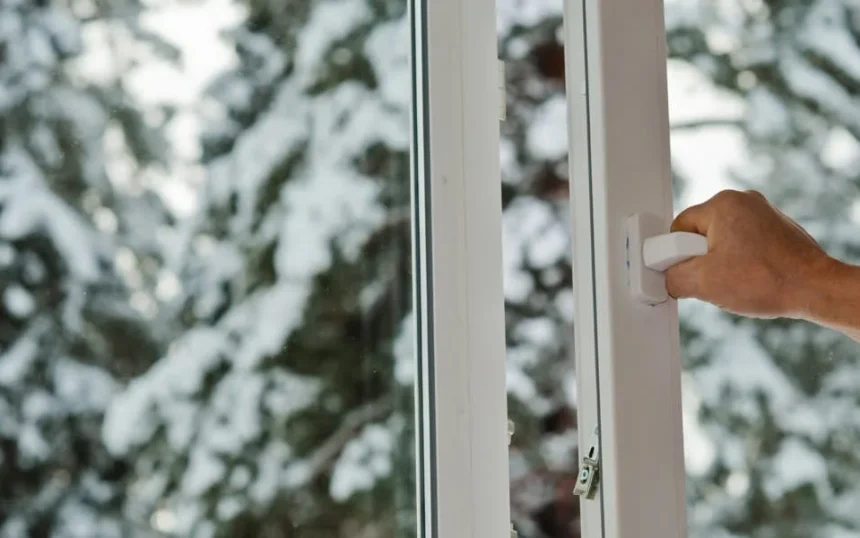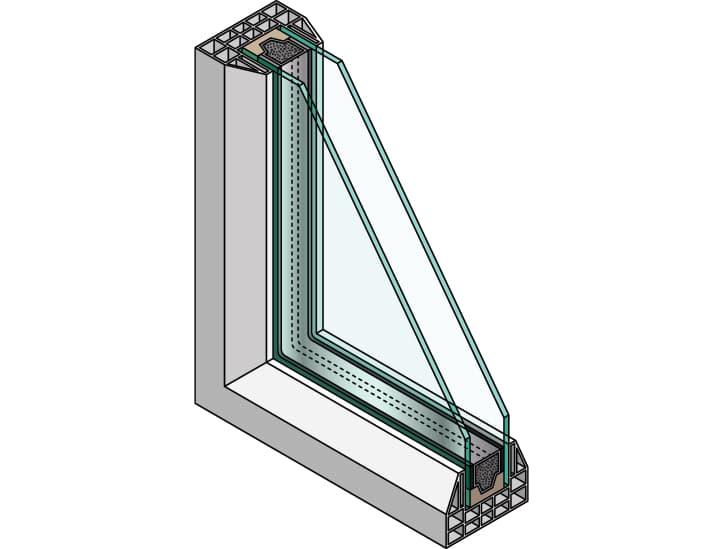Why Upgrading Windows and Doors Is a Smart Energy Move for UK Homes


Why Upgrading Windows and Doors Is a Smart Energy Move for UK Homes. If you’re looking to make an impactful, cost-effective upgrade to your UK home, don’t overlook your windows and doors. While many homeowners focus on big-ticket items like boilers or solar panels, the truth is that poorly performing windows and doors are a hidden culprit driving heat loss, high bills and carbon emissions. By modernising your glazing and exterior doors you can improve comfort, reduce running costs and uplift your home’s energy efficiency, all while boosting value.
The Problem: Heat Loss Through Windows & Doors
Many UK homes still have older glazing or frames that are far less efficient than modern alternatives. For example, research shows that replacing pre-2002 double glazing in an already insulated property could reduce heat loss from around 44% down to 22%.
According to the Energy Saving Trust, windows and doors are among the key routes for heat to escape a building. Estimates put typical heat loss through windows and doors in UK homes at around 25-30%.
In short: if you’re upgrading your home’s fabric and external envelope, your windows and doors may be silently undermining your efforts unless you take action.
It’s not just the glass that determines how efficient a window or door will be, it’s the frame, the build quality, and the interplay between elements. The U-value (which measures heat loss per square metre per degree difference) is a key metric: the lower the U-value, the better the insulation.
Frame materials matter: uPVC, timber, aluminium (especially with thermal breaks), composites, all vary in their insulation performance, durability and maintenance. A high-quality frame reduces conduction and convection losses, meaning the glazing can work to full effect.
There are many glazing options, double glazing, triple glazing, inert-gas fills (argon, krypton), warm-edge spacers, low emissivity (Low-E) coatings. A home with older glazing may be losing a significant amount of heat, even if the walls and loft are insulated. Upgrading from a low-spec double glazing to a modern double or even triple glazing can deliver meaningful savings, not just in energy bills but in comfort and environment.

Doors (especially exterior doors) are often overlooked. If your front/back door is thin, poorly insulated, draughty, or has gaps around seals or the threshold, you could be losing a lot of the heat your efforts elsewhere are working so hard to retain. Ensuring your doors are well insulated, properly installed with good weather-seals and fit closely into the building envelope makes a big difference.
Even the best window or door will underperform if the installation is sloppy, or if old frames, gaps, worn seals permit infiltration of cold air or escape of warm air. Simple measures such as checking and replacing seals, weather-stripping, ensuring alignment and fit, or even interim fixes like heavy curtains or internal shutters can help.
When you carry out a full replacement, ensuring the installer is competent, products are certified (e.g., under schemes like FENSA in England & Wales) and that the job is done to high standard is critical.
Where your windows and doors are, how big they are, and which way they face, all influence how much heat is lost (or gained). A large north-facing window may contribute more to loss than a smaller south-facing one with solar gain. When you’re upgrading, think strategically: prioritise the worst-performing exposures (cold/west-facing, large glazing areas) first. That way you maximise the return.
Modern windows and doors come with energy ratings (e.g., from A++ downwards) similar to white goods. They may list their U-values, air leakage rates, and solar gain factors. In the UK, regulations demand certain minimum standards when you replace windows/doors (for example a U-value of about 1.4 W/m²K for windows in many cases).
Be sure your installer provides certified products and properly registers the work if required. This helps avoid surprises and ensures you get the performance you expect.
Upgrading windows and doors shouldn’t be viewed in isolation if you’re aiming for high performance. If you’ve invested in insulation, a new heating system (or, say, a heat pump), or are planning solar or battery storage, then windows/doors become part of the complete package. If you only upgrade one component while leaving others weak, the overall performance will still be held back. Often the “fabric first” approach (walls, roof, floors, then glazing) yields the best long-term results.
At Cucumber Eco, we specialise in guiding homeowners across the UK through smart and sustainable home upgrades, including windows and doors. We’ll work with you to assess your existing glazing and external doors, identify where you’re losing heat, and help you understand the range of upgrade options available.
We’ll advise on optimal frame materials and glazing types based on your home’s orientation, age, construction and budget. We’ll also help you navigate eligibility for grant schemes (such as ECO4), coordinate installation with trusted professionals and integrate these upgrades into your broader energy-efficiency plan.
With the right guidance and installation, you’ll not only reduce heat loss and bills, you’ll improve comfort, reduce your carbon footprint and increase your home’s resilience and market appeal.
Arrange a glazing & door-performance assessment: Have a qualified assessor check your current windows and doors, look for draughts, condensation, age of glazing, seals, and general condition.
Get a quote for replacement or upgrade: Compare aluminium, timber, composite and uPVC frames; double vs triple glazing; check U-values and energy ratings.
Consider your home’s full strategy: Are you already planning insulation, a new heating system or renewables? If yes, bundle your glazing/door upgrade now for synergy.
Select a certified installer: Choose someone registered with a Competent Person Scheme (FENSA, etc), verify their credentials, ask for warranty, check product ratings.
Monitor performance post-install: Track changes in your heating bills, indoor comfort (cold spots/draughts) and perhaps your EPC rating over time to see the impact.
Upgrading your windows and doors may not always headline like a heat pump or solar panel, but it is absolutely a smart, high-value, often cost-effective move for UK homeowners serious about reducing heat loss, cutting energy bills and boosting home comfort. With the right product, quality installation and strategic integration into your overall home upgrade plan, you can realise both financial and environmental benefits.
Let Cucumber Eco guide you through it, so you can enjoy a warmer, greener and more energy-efficient home.
